India is at a crossroads in trade talks as experts warn that permitting genetically modified (GM) soybean and maize imports from the United States could devastate domestic farm incomes and threaten the livelihoods of nearly 24 million farmers. GM Crops Impact The US is urging India to open its
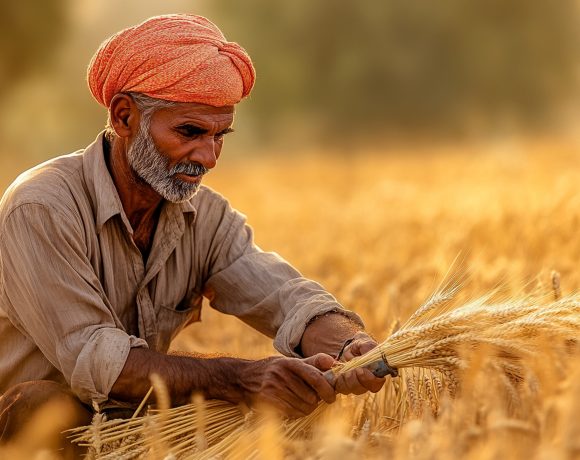
Niti Aayog has withdrawn a contentious discussion paper proposing trade reforms in India’s agricultural sector, following protests from farmers and political pressure. The document, which outlined a potential framework for liberalising farm trade with the United States, sparked widespread criticism for suggesting changes to long-standing protections for Indian producers.
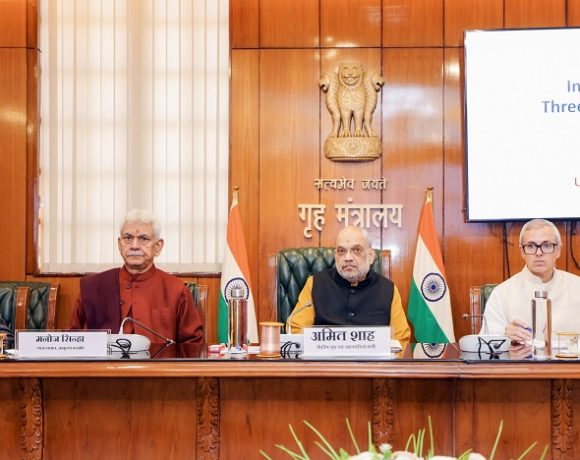
Union Home and Cooperation Minister Amit Shah has set a bold target for India’s spice industry: achieving $1 billion in turmeric exports by 2030. Emphasizing turmeric’s central role in India’s agricultural economy, Shah outlined a multi-pronged strategy centered on boosting production, quality, and global market integration. Strategic Export Vision Shah highlighted

India has adopted a novel strategy by converting its record rice surplus into ethanol, marking a significant step toward resource efficiency and rural prosperity. Facing bumper rice harvests and rising stockpiles—compared to previous seasons—government and industry have pivoted to ethanol blending as an effective outlet for excess produce. Rice Ethanol The government has
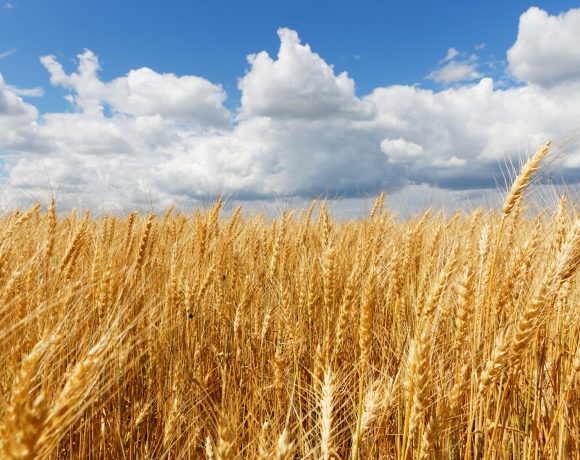
India has officially reaffirmed its decision to continue the wheat export ban at the World Trade Organization (WTO), citing persistent global price volatility and the need to ensure domestic food security. First imposed in May 2022, the restriction remains classified under WTO norms as a shift from “free” to “prohibited,” with India asserting the ban […]
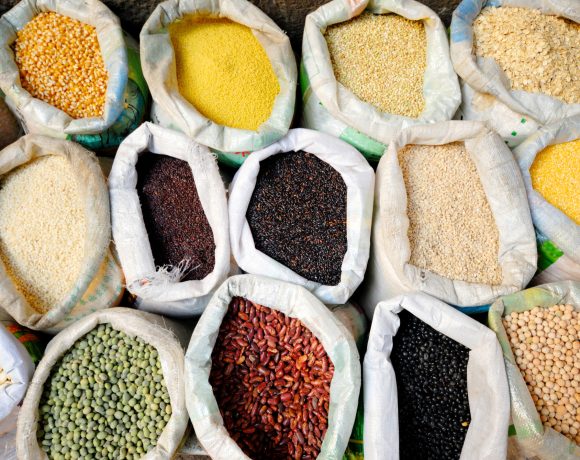
India has taken a major leap in agricultural innovation with the development of ICPV 25444, a pigeonpea variety that can endure extreme heat up to 45°C and matures within 125 days. Developed by scientists at a premier agricultural research institute, this is the first pigeonpea cultivar designed for rapid growth and high heat tolerance—ushering in […]

In a bid to counter rising food inflation and reduce the country’s dependency on imports, the Indian government is turning to the Northeastern states as a new frontier for pulse cultivation. Despite contributing less than 2% to the nation’s total area under pulses, the region has shown high productivity levels that could be scaled up […]
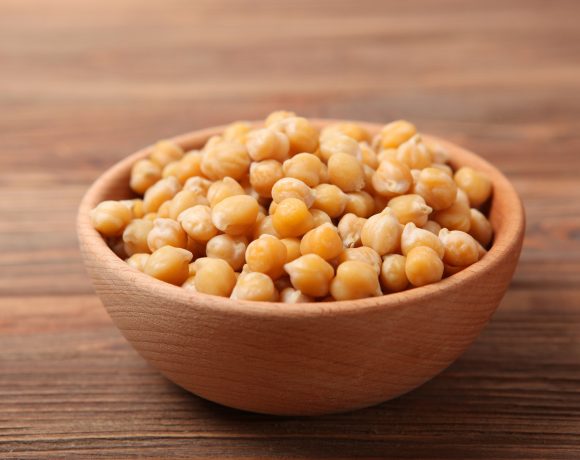
In a strategic move to stabilize domestic pulse prices, the Indian government has extended the duty-free import policy for yellow peas until March 31, 2026. This decision, effective immediately, aims to bolster the availability of pulses in the domestic market and mitigate inflationary pressures. India, being the world’s largest importer of yellow peas, primarily

Vice President Jagdeep Dhankhar has urged Indian farmers to shift from being just cultivators to becoming entrepreneurs engaged in agro-based industries. Speaking at a public forum, he emphasized the untapped potential lying beyond harvesting, pointing out that food processing, branding, and packaging offer substantial avenues for income generation. He noted that while

The Commission for Agricultural Costs and Prices (CACP) has suggested a complete ban on the import of yellow peas into India. The recommendation is part of a broader push to protect the interests of domestic pulse farmers who have been adversely impacted by the inflow of cheap yellow peas from countries such as Canada, Ukraine, […]
















